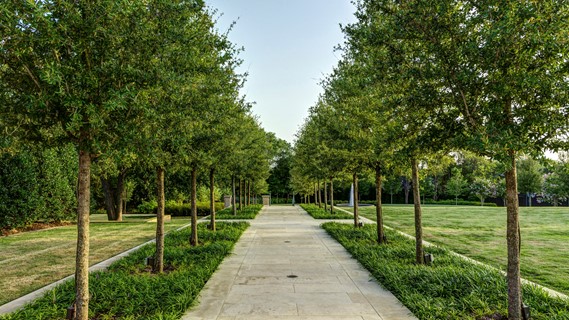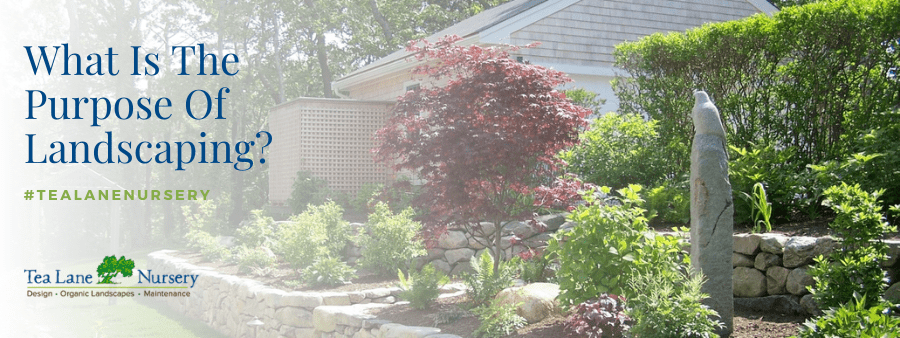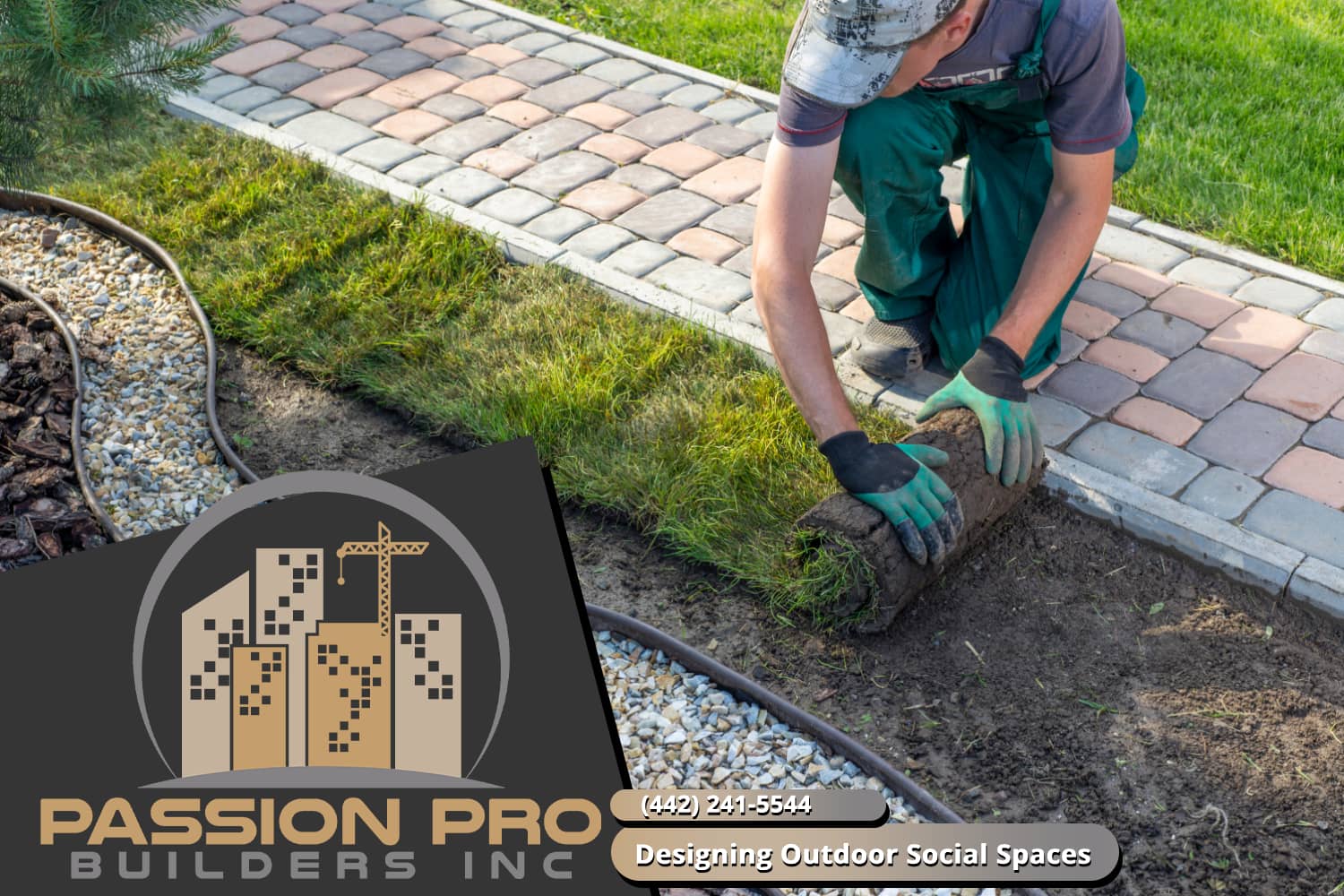The Ultimate Guide To Hilton Head Landscapes
The Ultimate Guide To Hilton Head Landscapes
Blog Article
The Ultimate Guide To Hilton Head Landscapes
Table of ContentsSome Known Questions About Hilton Head Landscapes.Hilton Head Landscapes Things To Know Before You Buy8 Simple Techniques For Hilton Head LandscapesThe Best Strategy To Use For Hilton Head LandscapesExcitement About Hilton Head LandscapesGetting My Hilton Head Landscapes To WorkFacts About Hilton Head Landscapes Revealed
Line develops all types and patterns and can be utilized in a variety of ways in the landscape. Line in the landscape is produced by the side between 2 products, the overview or shape of a kind, or a lengthy straight attribute. Lines are an effective device for the designer since they can be made use of to develop a limitless range of forms and types, and they manage motion of the eye and the body.

Lines can have several features, such as those defined listed below, however they usually serve different purposes. Number 1. Lines in the landscape - bluffton landscaping. The homes of lines identify how individuals react to the landscape, both mentally and physically. Straight lines are architectural and strong; they produce an official personality, are usually connected with an in proportion style, and lead the eye directly to a prime focus.
What Does Hilton Head Landscapes Mean?
Bent lines develop an informal, all-natural, relaxed personality that is associated a lot more with nature and unbalanced balance. Rounded lines relocate the eye at a slower speed and add mystery to the space by creating covert sights.
Vertical lines in the landscape consist of tall, narrow plant product, such as trees, or high frameworks, such as an arbor or a bird house on a post. Straight lines move the eye along the ground plane and can make an area really feel larger. Reduced lines are a lot more controlled and produce a sensation of rest or repose.
Hilton Head Landscapes Things To Know Before You Get This
Reduced lines are created by low yard wall surfaces, pathways, and brief bushes. Lines are used to draw forms on a strategy. In strategy sight, they define plant beds and hardscape areas. Lines are also created by the vertical kinds of constructed functions and plant material. There are three key line types that develop type in the landscape: bedlines, hardscape lines, and plant lines.
Bedlines link plant material to your house and hardscape because the eye follows the line, relocating the gaze via the landscape. Hardscape lines are created by the side of the hardscape, which marks the constructed structure. Line can additionally be developed by lengthy and slim products, such as a fence or wall.
The Single Strategy To Use For Hilton Head Landscapes
Kind is found in both hardscape and plants, and it is typically the leading visual aspect that spatially arranges the landscape and frequently determines the design of the garden. The type of frameworks, plant beds, and garden accessories additionally figures out the general type motif of the garden. Official, geometric types consist of circles, squares, and polygons.
Plants create kind in the garden with their describes or silhouettes, but form can also be defined by a space or unfavorable room between plants - hilton head landscapers (https://www.openstreetmap.org/user/h1tnhdlndscps). Circles can be cycles, or they can be split into fifty percent circles or circle sections and integrated with lines to create arcs and tangents
Hilton Head Landscapes Can Be Fun For Anyone
Circles are a strong design form since the eye is constantly attracted to the facility, which can be utilized to stress a focal point or attach other forms. Circular kinds in hardscape and yard panels.
The square form can likewise be segmented and pre-owned consistently to create a grid pattern. Unlike circles, squares are more powerful on the brink, which can be lined up or overlapped to develop special patterns and even more complex types. Polygons are many-sided forms with straight edges. Triangulars, as an example, are three-sided polygons.
Meandering lines typically imitate the natural training course of rivers or streams and can be referred to as smooth lines with deeply curved wavinesses. Twisting lines (Number 3) function well for paths, plant bedlines, and completely dry stream beds. Twisting lines can add rate of interest and secret to a garden by leading customers around corners to uncover brand-new sights and spaces.
The Hilton Head Landscapes Diaries

Figure 5. Fragmented edges: tipping rocks in path. Kind is the most enduring quality of a plant (landscapers in bluffton sc). https://allmyfaves.com/h1tnhdlndscps?tab=h1tnhdlndscps. Typical plant types are well established and standardized, as kind is the most consistent and identifiable attribute of plants. Kind can also be produced through the massing of plants, where the overall mass produces a various form than a private plant.
An extremely contrasting form has to be made use of with careone or 2 work well as a focal point, yet also lots of wreak havoc. Natural plant forms, as opposed to over-trimmed kinds, must establish the mass of the make-up. The importance of overall kind is basically based on the watching perspectivethe form of a tree can show up fairly various to a person standing under the cover versus checking out the tree from a range in an open area.
Our Hilton Head Landscapes Diaries
Plant forms likewise develop and define deep space or open rooms in between the plants, producing either convex or concave kinds in the voids. High-arching tree branches normally produce a concave open space under the branches, and a rounded cover with low branches fills up the room to produce a convex kind in the open space under the tree.

Report this page